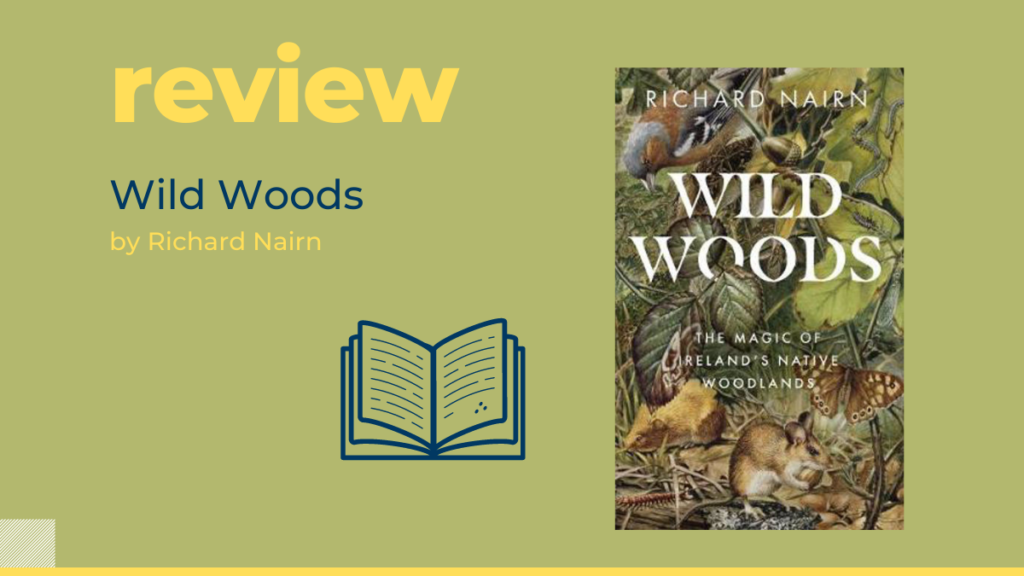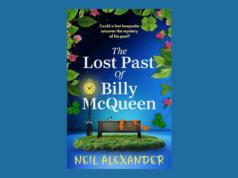
Wild Woods
by Richard Nairn | Gill | PB €14.99 | 304pp | 9780717190218
review by Tony Canavan
One consequence of the Covid-19 lockdown has been the resurgence of nature, whether more birdsong in your garden or a fox ambling down Dublin’s Grafton Street. I have been lucky enough to be spending the lockdown in a seaside village with easy access to sea, mountains and woods. Unfortunately, the woods tend to be Coillte plantations, full of conifers that do not support much wildlife. There are some smalls areas of older deciduous woodland within reach and, walking in them, you appreciate the variety of sights and sounds that surround you. That is why it is important that we preserve our ancient woodlands.
Richard Nairn has worked on behalf of nature in Ireland for decades. He has noticed, however, that Ireland’s wildlife has undergone a decline in recent years. He decided that it was time to act, not just by writing books, but by restoring a woodland. He purchased a small farm not far from Wicklow’s Devil’s Glen where he’s spent much time, learning how to manage and enhance the natural habitat. This book is a journey through one year recording his observations on the changing of the seasons and its effect on the wildlife, and his active interventions to enhance the variety of flora and fauna. His book is published in support of Coillte Nature, a non-profit group that aims to restore native Irish woodlands.
Nairn has a good style of writing that comfortably combines the conversational with the educational. Within a few pages, I felt myself drawn into the natural world that he describes. The book follows the natural cycle, beginning in winter when the woodlands are mostly dormant. Nairn describes the tasks that each season requires, such as coppicing, or offers, such as foraging. The book is a good guide to what is involved in maintaining and extending woodland, but it is much more than that, as Nairn also tells us the history of his farm and the estate it was once part of, and the wider history, folklore and literature of Irish woodlands. In particular, the spirit of Ned Byrne pervades the book: he was the owner of the farm in the nineteenth century, and we learn his story too.
Nairn also debunks some common misconceptions about Irish woods. Far from ancient woodlands being unchanging, they have been in a state of flux for over 10,000 years, and far from being ‘natural’, they are the product of human intervention over the same period. He explains that woods cannot just be left to themselves but have to be managed to prevent, say, deer interfering with growth or some trees suffocating others. The book ends with hope and speculation. Nairn hopes that Irish woodlands can be restored and speculates about what shape they will take, whether as working woods or conservation projects.
I thoroughly enjoyed this book and learned a lot about woodlands in Ireland. The next time I take a walk in a wood, I will have a greater appreciation of the trees and the various animals, insects and plants that survive among and on them.
***
Tony Canavan
Consultant Editor, Books Ireland











